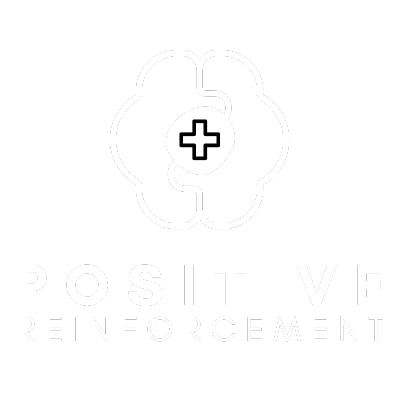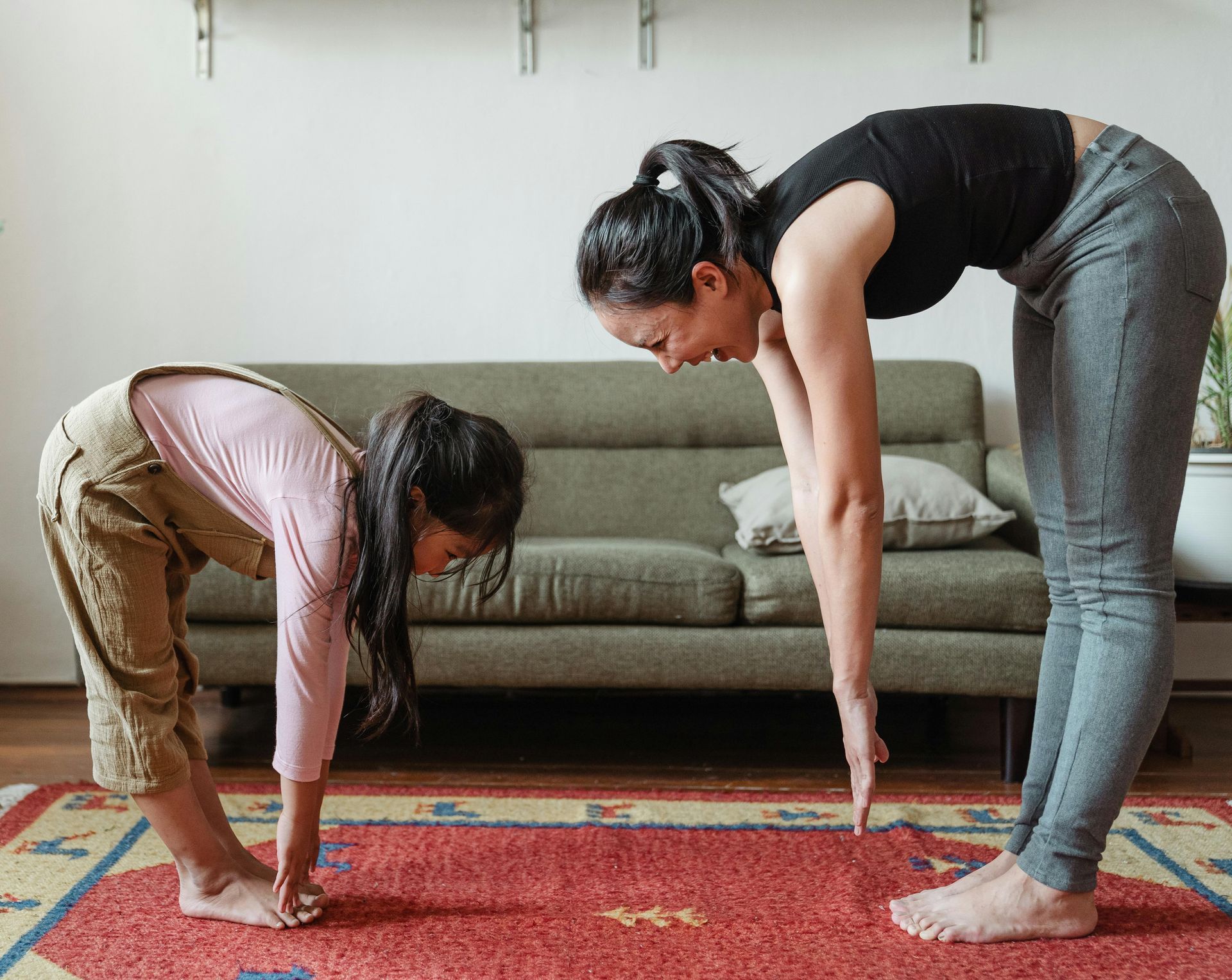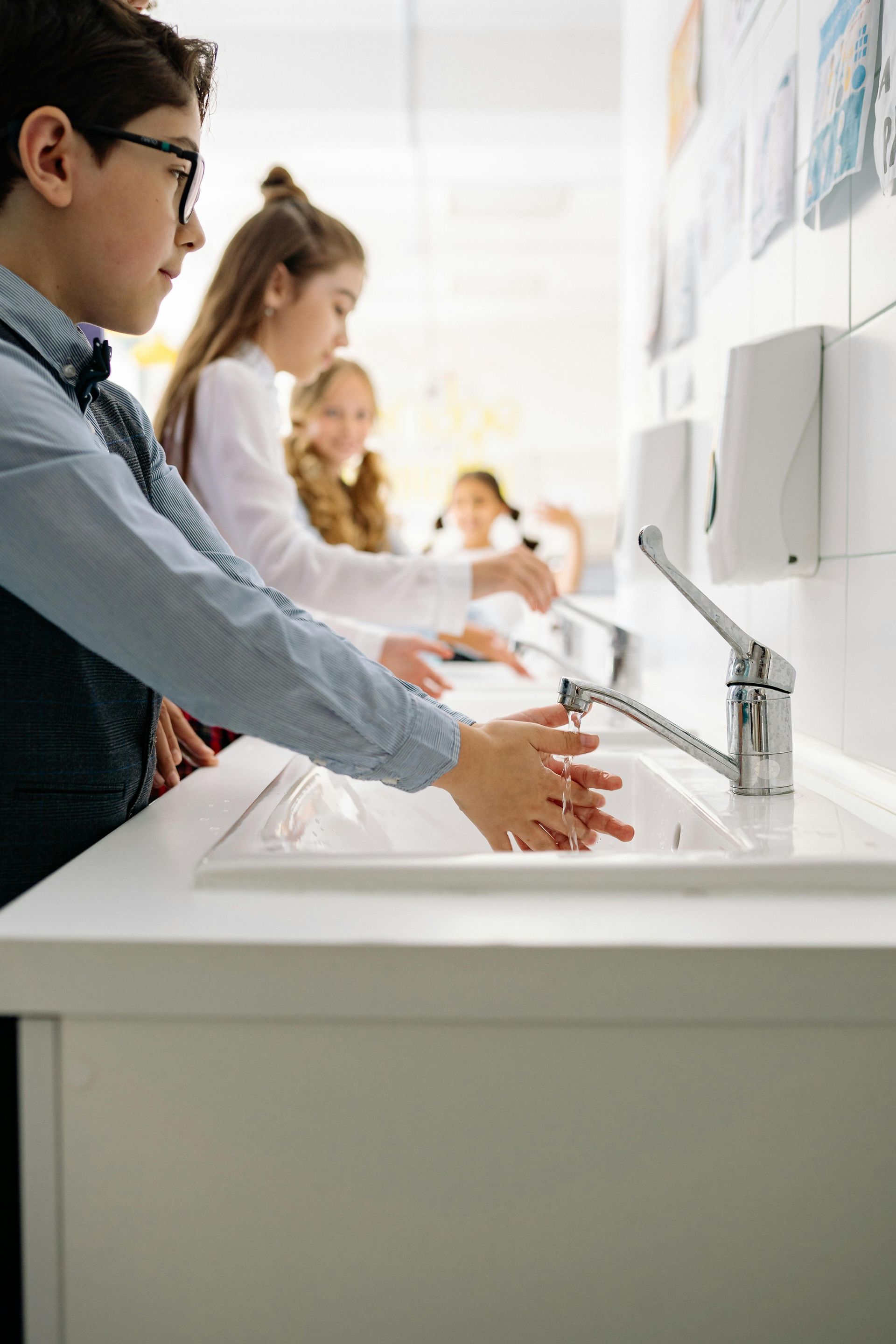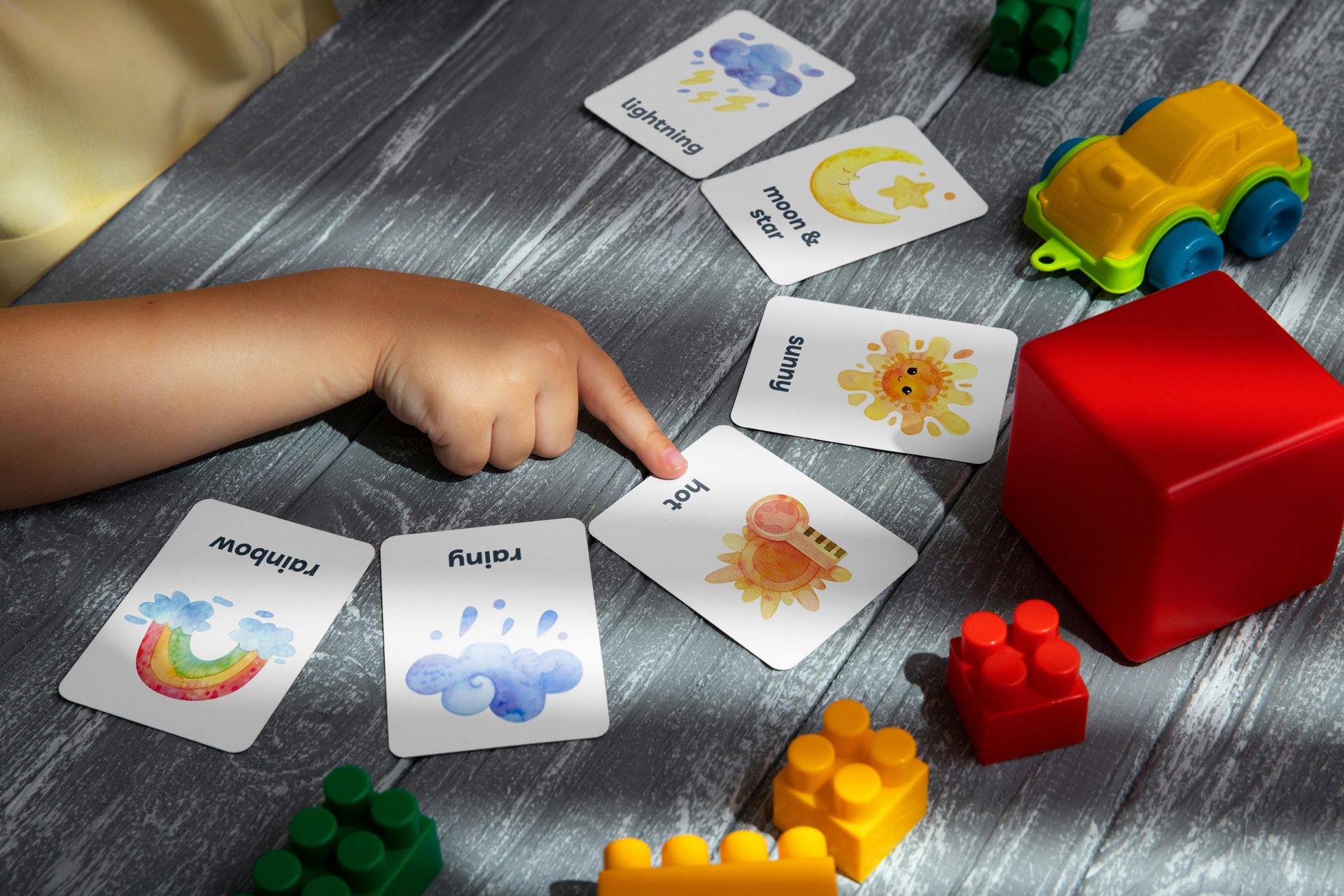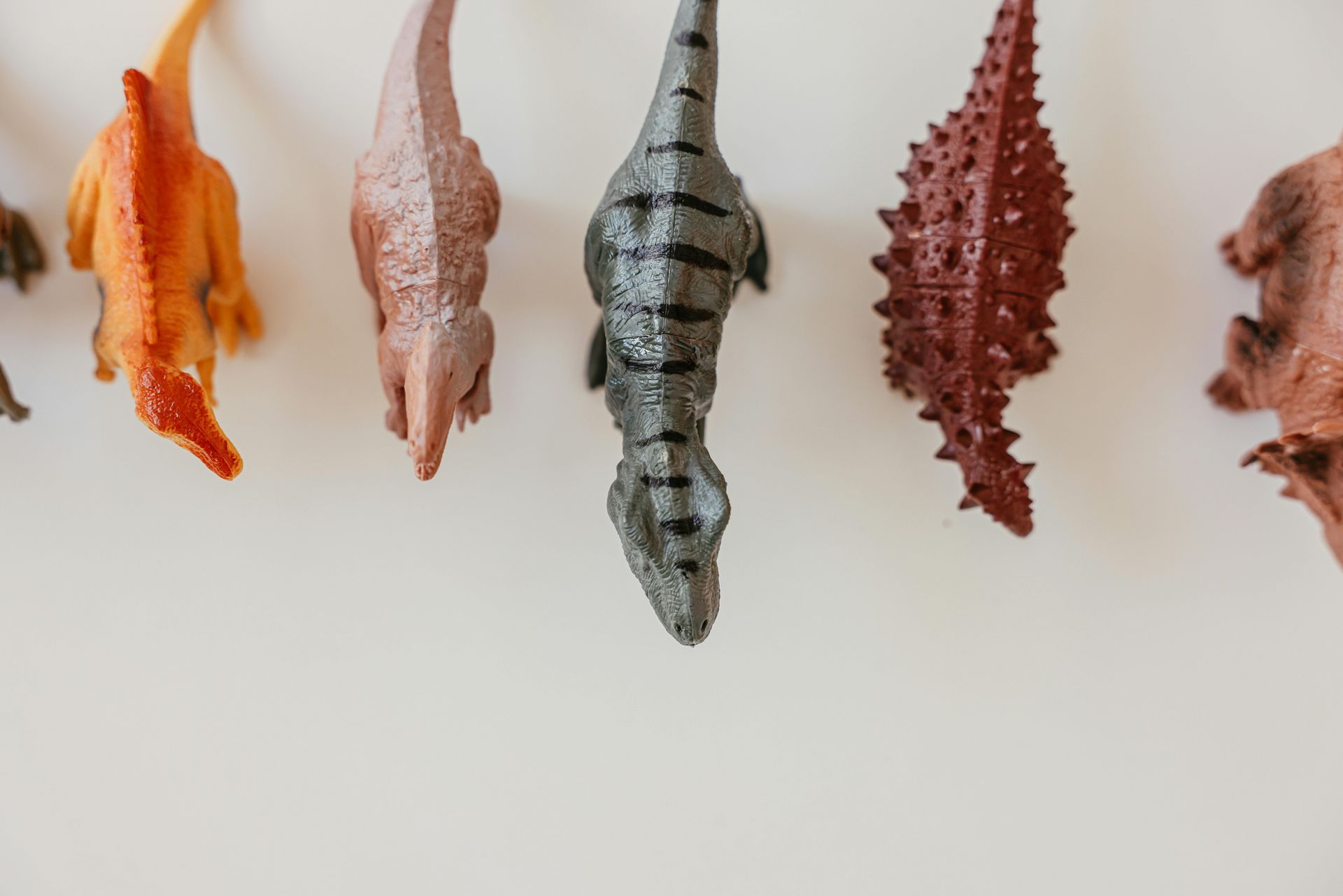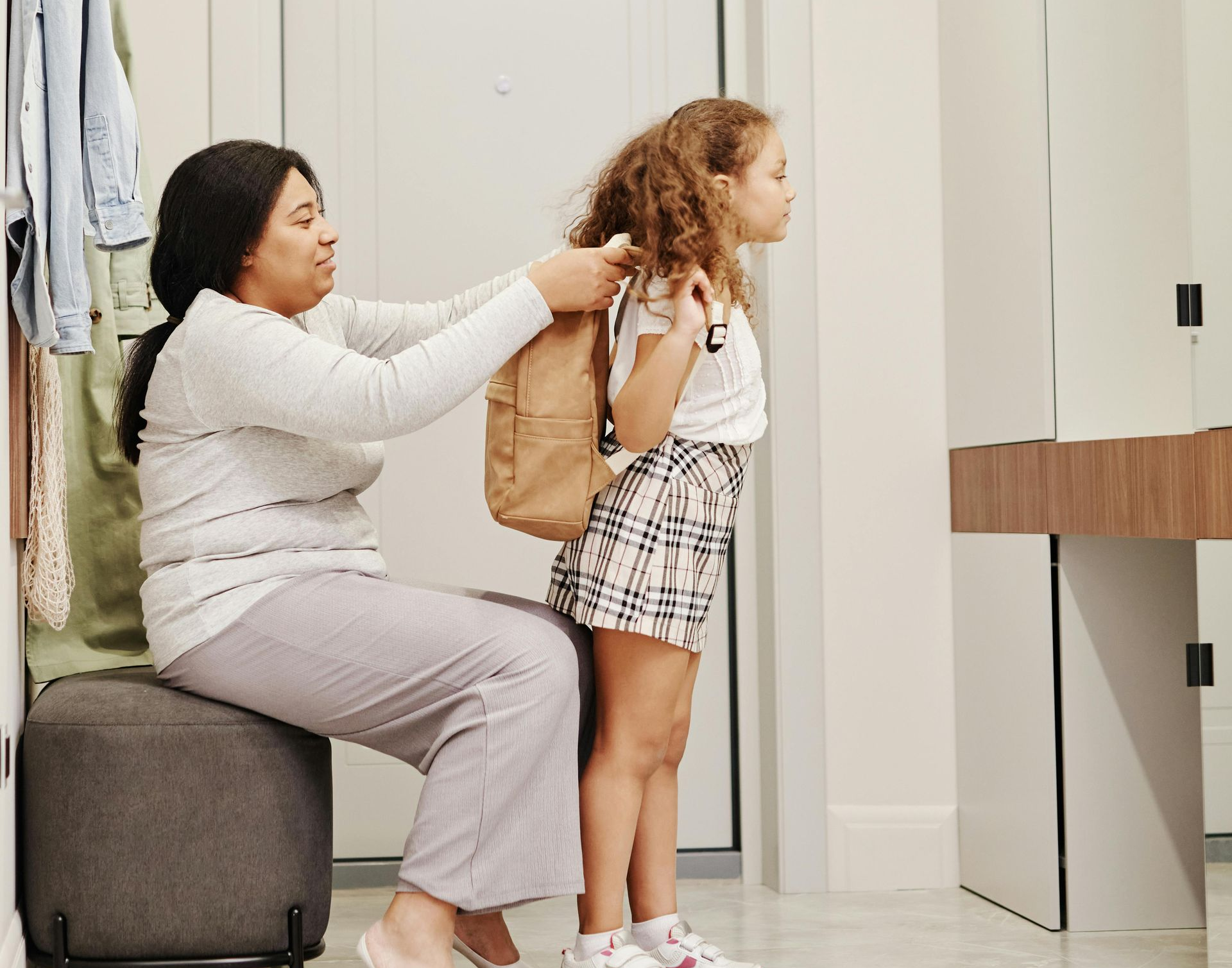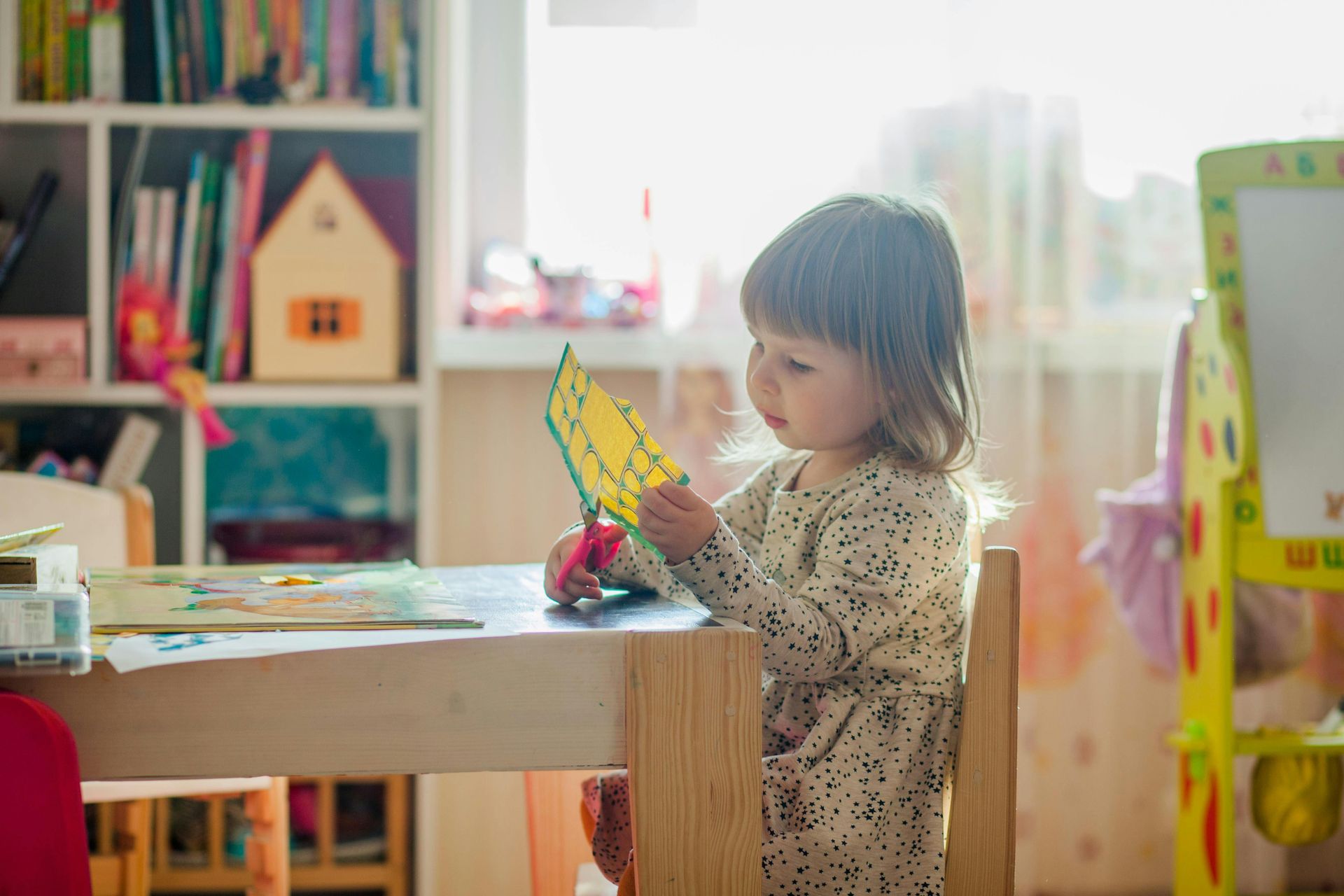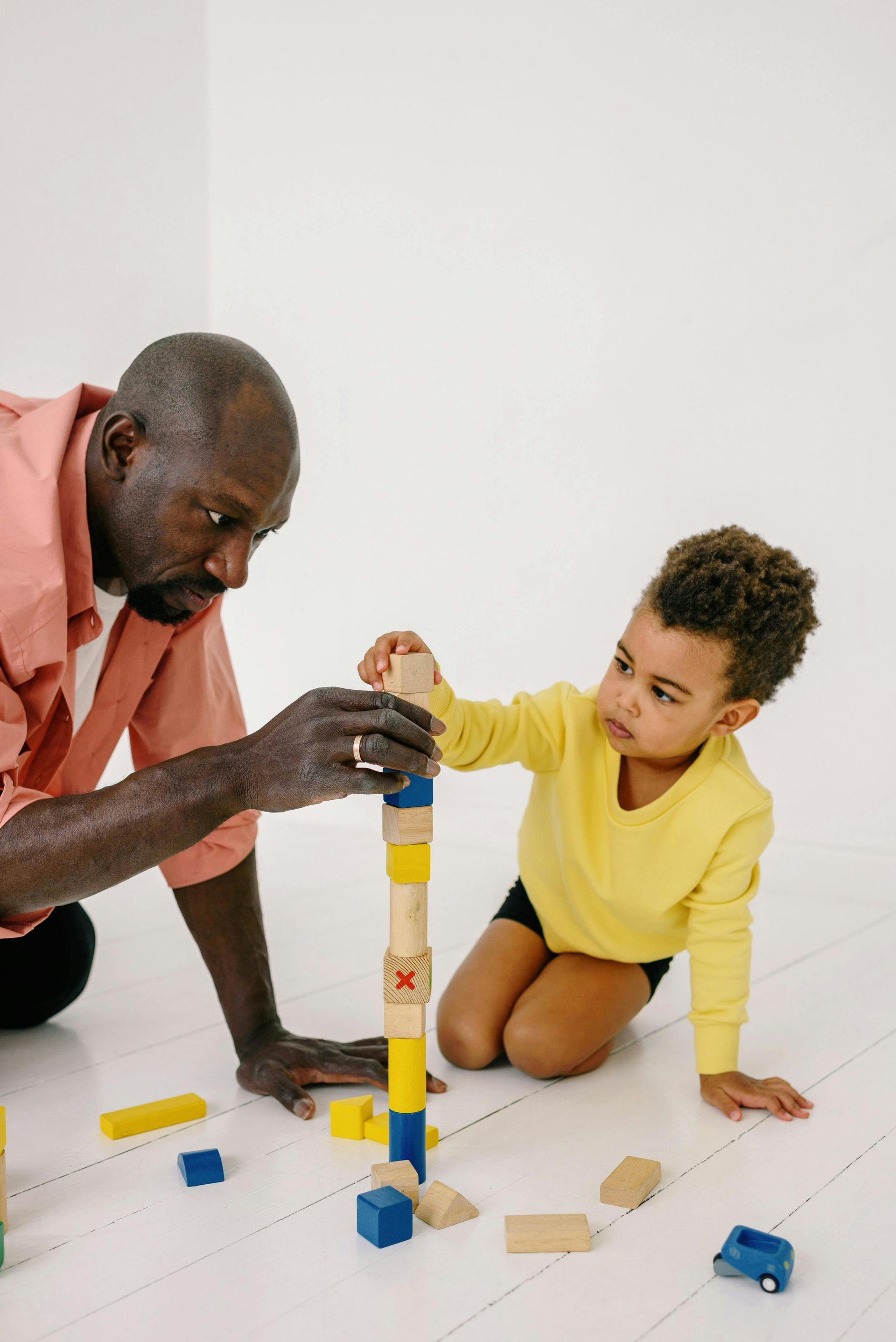Exercising at Home and Children with Autism
Exercising at Home and Children with Autism
Deficient motor skills is considered to be one of the primary symptoms of Autism Spectrum Disorder (ASD). Struggling with larger, whole body motor skills—called gross motor skills—or smaller, fine motor skills such as writing or using a paintbrush is a common experience among children with autism. Movement is a great way to slowly develop these skills in your child.
Staying active at home is a great option for children who may become overstimulated in a larger and less-controlled environment like a playground or a gym. Plenty of options for home exercise exist to promote development of both fine and gross motor skills for children who have autism. A physical or behavior therapist or even your pediatrician can help offer suggestions on putting together an exercise plan, but here are some ideas to get you started.
Some quick and easy ideas include throwing a ball back and forth or carrying a somewhat heavy load back and forth. More traditional exercises like jumping jacks, pushups, planks, or squats are a wonderful choice too, but they may require some practice to get the form just right. Yoga is a good low-impact choice that—like all of these options—moves and tones multiple muscle groups. These activities also help develop a child’s core strength and balance. Blood pumping exercises are also great for the heart.
More tips to consider as you begin implementing an at-home exercise routine include:
- Start small! Take commercial breaks, a few minutes of microwave cook time, or other short intervals that already exist in your home and start using that time for physical exercise. The benefits of movement are best seen over time and with consistency, but that doesn’t mean you have to dedicate a large chunk of time every day.
- Follow your child’s lead. Gradually add more time or exercises as your child is able. If they are resistant to a specific exercise, try something else. Be flexible!
- Make it fun! Participate with your child. Really get into it, be encouraging, and have fun together!
Positive Reinforcement not only offers in home ABA therapy for North Virginia, West Virginia, Kentucky including cities like Ashburn, Leesburg, Winchester, Richmond, Centerville.
